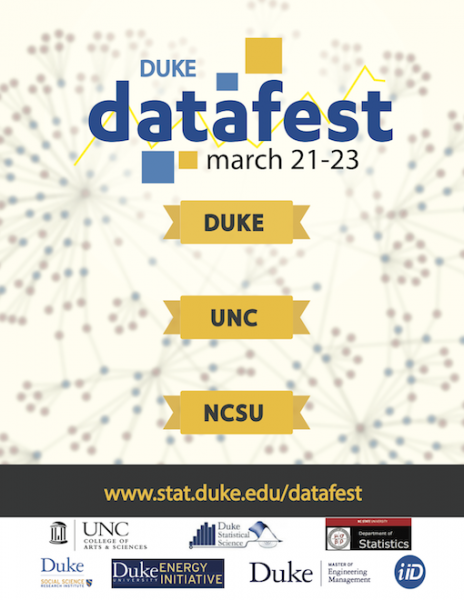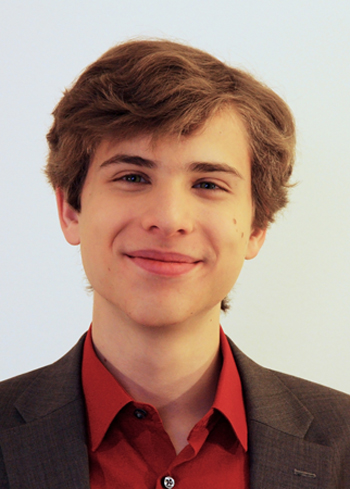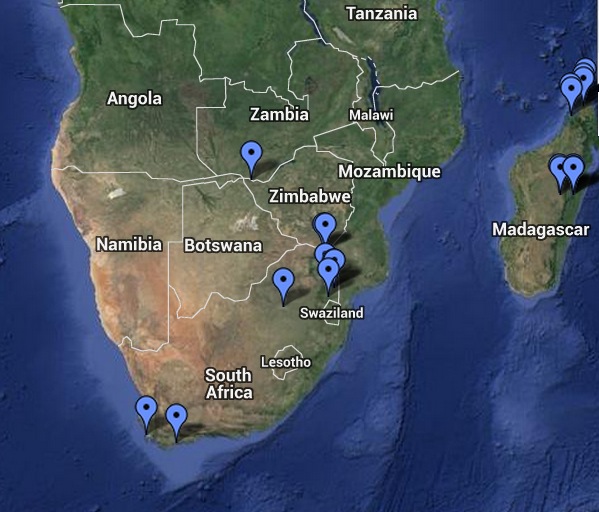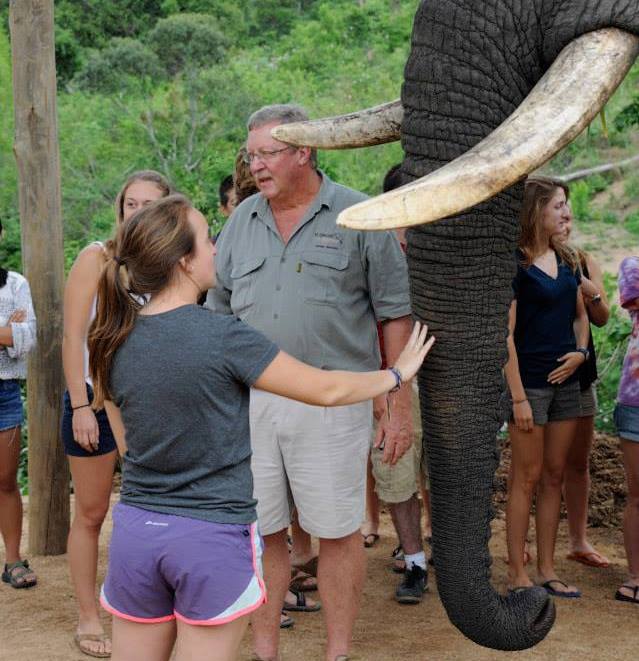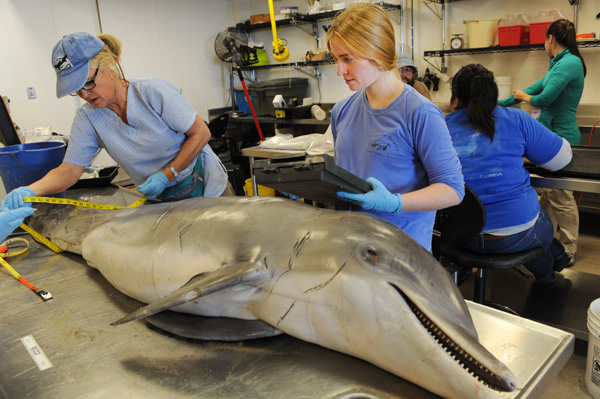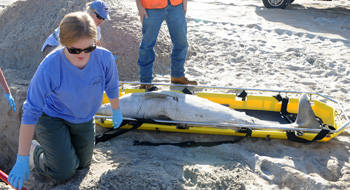By: Nonie Arora
Duke student Mary Chavarria had the opportunity to learn how animals are treated in an indigenous community in Costa Rica. Chavarria is a junior from Los Angeles, California studying evolutionary anthropology. An avid traveler, she is a also a member of Round Table and on the executive broad of the Duke Undergraduate Bioethics Society.
Last semester, she studied abroad in Costa Rica through the Duke OTS program on tropical medicine & global health. In addition to taking classes on tropical medicine and field ethnobiology, Chavarria had the opportunity to complete a research project while in the region.
The minister of health for the region presented the students with potential topics that he believed ought to be investigated for the indigenous communities. There was a range of projects: dental health, isolated older adults, social groups and pets. Chavarria and her group chose to research how pets were perceived and the health of pets in the community.
Her group wanted to know how perceptions of animals influence their health as pets and how this would correlate with zoonosis, the transfer of disease from animals to humans. To determine perceptions of animals, they developed a survey to use in a school.
“We knew that it would be difficult to just go house to house. We would have to hike between them and there are mountains in between. We decided that the best way to access most people reliably would be to go to a school,” Chavarria explained.
They asked questions like:
- Do you like your pet?
- Do you play with it?
- Why do you have a pet?
They surveyed 70 kids from elementary and middle school. Their response rate was almost one hundred percent since they administered the survey in classrooms.
“We found that pets were not treated as you or I may consider [treating a pet]: groomed or walked. They were utilitarian, to put it gently. The pets were skinny,” Chavarria explained.
“While the animals were skinny, people also don’t have great nutrition in this under-resourced region. People would feed them parts of what they were eating, which wasn’t supremely nutritious for humans, and [was] even less so for dogs,” Chavarria said.
Chavarria’s team also found that people in the region really didn’t know the extent to which diseases could be transmitted between humans and animals. Scabies, spread by a parasite that causes similar diseases in humans and dogs, is a problem in the region, she added.
Ultimately, Chavarria believes that better awareness of disease transmission between animals and humans and better treatment of animals has the potential to reduce human disease.



